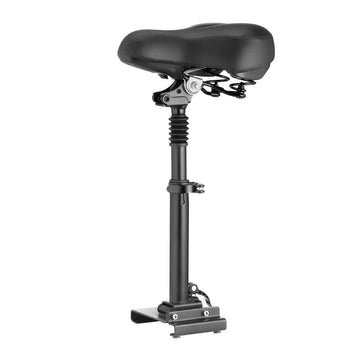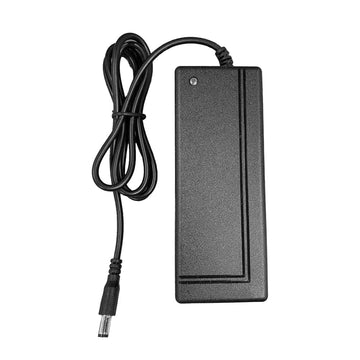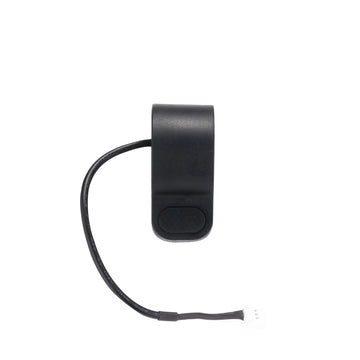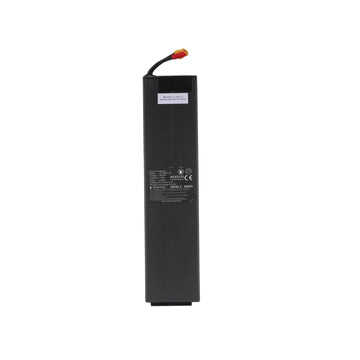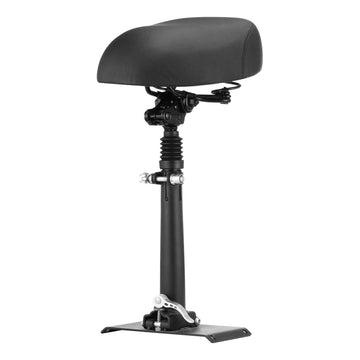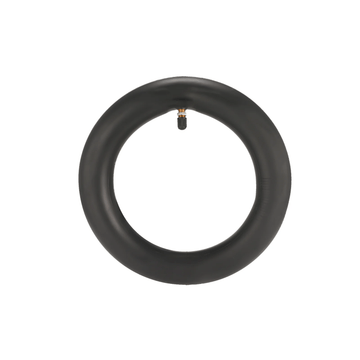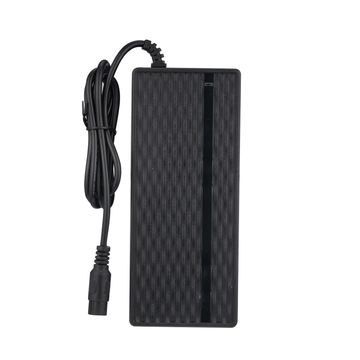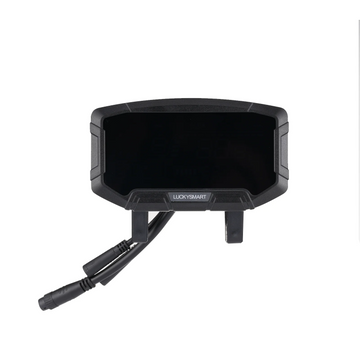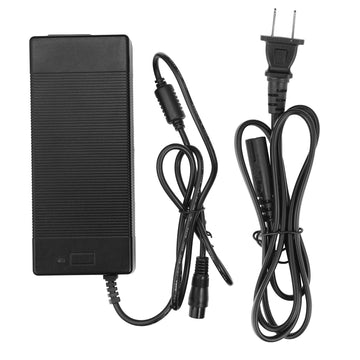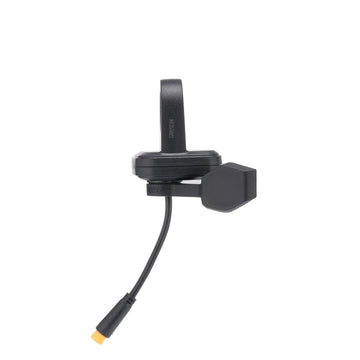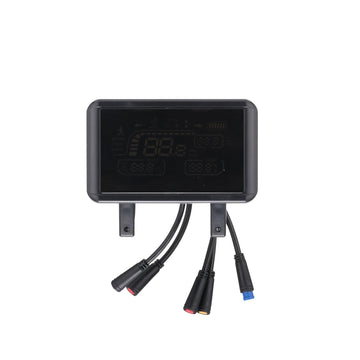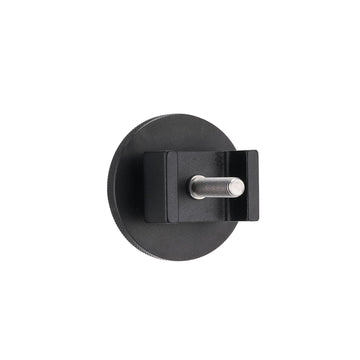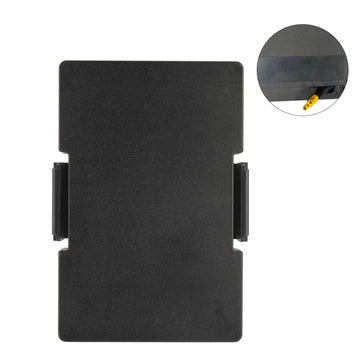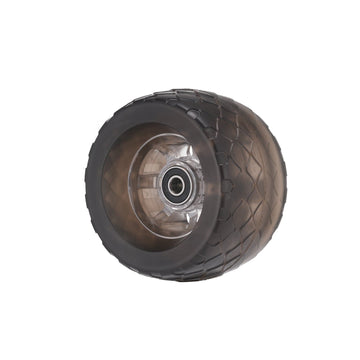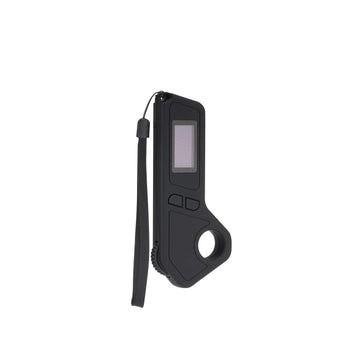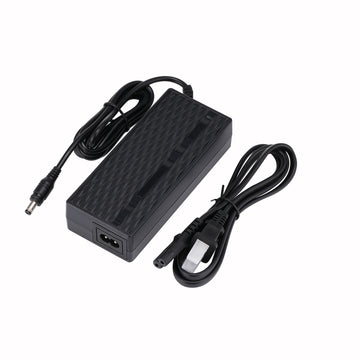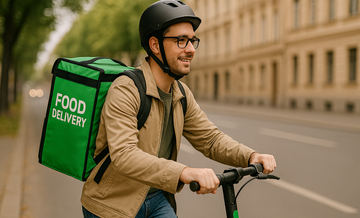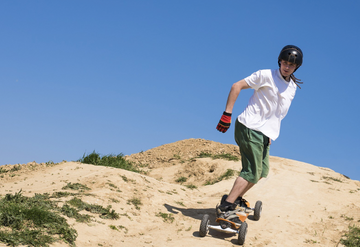How to Skateboard for Beginners: Tips and Tricks for Getting Started
by Zachary Franklin on Jun 11, 2024

Ready to drop into the skate scene and get your shred on? If you want to know how to skateboard for beginners, you're in the right spot. Skateboarding is more than just tricks and kicks; it's about culture, self-expression, and a whole lot of fun. Whether you're aiming to nail your first ollie or just cruise around town, starting your skate journey is an epic move that's sure to be packed with thrills.
Don't sweat it if the skatepark feels a bit intimidating at first. We've got your back with a no-stress intro that's all about making skateboarding super approachable. From choosing your deck to landing your first trick, we'll walk you through the basics step by step.
Our tips are straight-up and easy to follow, ensuring you can hop on your board with confidence. So, gear up and let's roll into this skateboarding adventure together—it's time to make those wheels sing!
Getting the Right Gear

Skateboarding is a thrilling sport, but before you hit the pavement, you need to make sure you have the right gear. In this section, we'll discuss the essential gear you need to get started, including your first skateboard and protective gear.
Choosing Your First Skateboard
Choosing your first skateboard can be overwhelming, but it doesn't have to be. As a beginner, you want to look for a skateboard that is easy to control and stable. Here are some factors to consider when choosing your first skateboard:
- Deck size: As a beginner, you want a deck size that is between 7.5 and 8 inches. This size is perfect for learning the basics and is easy to control.
- Deck material: A beginner skateboard should have a deck made of either maple or bamboo. These materials are durable and provide a stable ride.
- Truck size: The truck size should match the deck size. This will ensure that your skateboard is balanced and easy to control.
- Wheel size: For beginners, a wheel size between 52mm and 55mm is ideal. This size provides a smooth ride and is easy to control.
Essential Protective Gear
Protective gear is essential when skateboarding. It can prevent serious injuries and keep you safe while you learn. Here are the essential protective gear items you need as a beginner:
- Helmet: A helmet is the most important piece of protective gear. It protects your head from serious injuries in case of a fall. Look for a helmet that fits snugly and has a hard outer shell.
- Knee pads: Knee pads protect your knees from scrapes and bruises. They also provide support and cushioning when you fall.
- Elbow pads: Elbow pads protect your elbows from scrapes and bruises. They also provide support and cushioning when you fall.
- Wrist guards: Wrist guards protect your wrists from sprains and fractures. They also provide support and cushioning when you fall.
- Skate shoes: Skate shoes have a flat sole that provides better grip and control on the skateboard. They also protect your feet from injuries.
Fundamentals of Skateboarding
Skateboarding is a fun and exciting activity that requires some basic skills to get started. In this section, we will cover the fundamentals of skateboarding, including stance and balance, as well as basic movements.
Stance and Balance
Stance and balance are essential to skateboarding. Your stance refers to the position of your feet on the skateboard, and your balance refers to your ability to maintain the skateboard's stability while riding.
There are two main stances in skateboarding: regular and goofy. In a regular stance, your left foot is at the front of the board, and your right foot is at the back. In a goofy stance, your right foot is at the front of the board, and your left foot is at the back.
To find your stance, stand with your feet shoulder-width apart and have someone push you from behind. The foot you step forward with is your pushing foot, and the other foot is your riding foot.
Once you have found your stance, practice balancing on the board by standing still and shifting your weight from one foot to the other. Keep your knees slightly bent and your weight centered over the board.
Basic Movements
The basic movements of skateboarding include pushing, turning, and stopping. To push, place your pushing foot on the ground and push yourself forward with your riding foot. Keep your weight over the board and use your arms to maintain balance.
To turn, lean in the direction you want to go and shift your weight to the balls of your feet. Use your toes and heels to steer the board in the desired direction.
To stop, place your back foot on the ground and drag it along the pavement. This will slow you down and bring you to a stop.
Learning Basic Tricks

Skateboarding is all about having fun, and learning basic tricks is an essential part of the experience. In this section, we'll cover some of the most fundamental tricks that every beginner should learn.
The Ollie
The Ollie is the most basic trick in skateboarding and forms the foundation for many other tricks. It involves using your back foot to pop the tail of your board off the ground while simultaneously sliding your front foot up towards the nose of the board. This creates a jump in which your board becomes airborne. The key to mastering the Ollie is to practice the timing and coordination of the pop and slide.
Turning Tricks
Once you've mastered the Ollie, you can start learning turning tricks. The kick turn is the simplest turning trick and involves turning your board by pivoting on the tail. To perform a kick turn, shift your weight to your back foot while pressing down on the tail to lift the front wheels off the ground. Then, turn your shoulders and hips in the direction you want to go, and use your front foot to guide the board in that direction.
Manuals and Tic Tacs
Manuals and Tic Tacs are two more basic tricks that every beginner should learn. A manual is a trick in which you balance on the back wheels of your board while rolling forward. To perform a manual, shift your weight to your back foot while keeping your front foot slightly off the ground. Balance on the back wheels and try to roll forward as far as you can.
A Tic Tac is a quick, sharp turn that you can use to change direction while rolling. To perform a Tic Tac, shift your weight to your back foot and press down on the tail to lift the front wheels off the ground. Then, turn your shoulders and hips in the direction you want to go and use your front foot to guide the board in that direction.
Skateboarding Safety and Etiquette
As a beginner skateboarder, it is important to prioritize safety and etiquette while riding. This will not only prevent injuries but also ensure a positive experience for you and those around you. Here are some tips to keep in mind:
Preventing Injuries
Falling is a common occurrence in skateboarding, but there are ways to reduce the risk of injury. Wearing proper gear such as a helmet, elbow and knee pads, and wrist guards can protect you in case of accidents. Make sure your gear fits well and is appropriate for skateboarding.
In addition to gear, it is important to be aware of your surroundings. Avoid riding in crowded areas and always be mindful of other skaters, pedestrians, and cars. Practice on grass or soft surfaces before attempting tricks on concrete.
Respecting Skatepark Rules
When riding at a skatepark, make sure to follow the rules and respect other skaters. Skateparks often have designated areas for different skill levels, so make sure to use the appropriate area for your skill level.
Wait your turn and be patient. Do not cut in front of other skaters or hog the equipment. Be mindful of those around you and avoid dangerous maneuvers that could put others at risk.
Advancing Your Skills
Congratulations on mastering the basics of skateboarding! You are now ready to take your skills to the next level. In this section, we will discuss how to advance your skills by riding on different terrains and improving your techniques.
Riding on Different Terrains
As you become more experienced, you'll want to try riding on different terrains. Each terrain presents its own challenges and requires a different approach. For example, if you're used to riding on smooth pavement, you may find it more difficult to ride on rough concrete or gravel.
To ride on different terrains, you'll need to adjust your technique. For rough surfaces, you'll want to use softer wheels to absorb the impact and maintain momentum. On the other hand, for smooth surfaces, harder wheels will give you more speed and control.
Improving Your Techniques
To improve your techniques, you'll want to focus on carving and learning new skateboard tricks. Carving is the act of leaning into turns, which allows you to maintain speed and control. It's an essential skill for riding on different terrains and executing skateboard tricks.
To learn new skateboard tricks, you can watch videos online or ask experienced skaters for tips. Start with the basics and work your way up to more advanced tricks. Remember to practice regularly and be patient. Learning new tricks takes time and dedication.
In addition to carving and skateboard tricks, you can also improve your technique by cruising. Cruising is the act of riding around without doing any tricks. It's a great way to practice your balance and control while enjoying the ride.
Wrap Up: How to Skateboard for Beginners
And that's a wrap on your first taste of skateboarding life! With a bit of practice and perseverance, you'll be carving up the streets and turning heads at your local park in no time. Remember, every pro skater started as a beginner, so keep pushing, stay stoked, and most importantly, enjoy the ride. Now that you've got the basics, why not take your passion for skating to the next level?
If you're feeling that electric buzz and are curious to explore another dimension of skateboarding, why not check out the world of electric skateboarding? It's the perfect blend of traditional skill and modern tech. Head over to adult electric skateboards to discover how you can amp up your skate experience with a sweet ride that's charged and ready to go. Whether you're commuting or just cruising, an electric skateboard might just be your next step in this rad journey. Catch you on the flip side!
Frequently Asked Questions
How should a beginner start skateboarding?
Starting skateboarding as a beginner can seem daunting, but it doesn't have to be. The first thing to do is to get comfortable standing on the board. Practice standing on the board with your feet shoulder-width apart and your knees slightly bent. Once you feel comfortable standing on the board, practice pushing off with one foot while keeping the other foot on the board. Remember to keep your weight centered over the board and to practice in a safe, flat area.
Can I learn to skateboard at 50?
Yes, you can learn to skateboard at any age. Skateboarding is a great way to stay active and have fun. However, it's important to start slowly and learn the basics. Start by practicing on flat ground and wearing protective gear. Remember to listen to your body and take breaks when you need to.
How to skateboard for beginners kids?
Skateboarding can be a fun and exciting activity for kids, but it's important to start them off safely. Start by finding a safe, flat area for them to practice in. Make sure they wear protective gear, including a helmet, elbow pads, and knee pads. Teach them the basics of standing on the board and pushing off with one foot. Remember to supervise them at all times and encourage them to have fun while being safe.
When should kids start skateboarding?
There is no set age for kids to start skateboarding, but it's important to make sure they are physically and mentally ready. Kids should be able to follow instructions and have the coordination to stand on the board and push off with one foot. It's also important to make sure they wear protective gear and practice in a safe, flat area.
How to control skateboard direction?
Controlling the direction of your skateboard is an important skill to learn as a beginner. To turn, shift your weight in the direction you want to go and lean your body in that direction. You can also use your front foot to guide the board. To turn sharply, lift the front wheels off the ground and pivot on the back wheels.
How to stop on a skateboard for beginners?
Stopping on a skateboard is an essential skill for beginners to learn. To stop, drag your back foot on the ground or use your front foot to press down on the tail of the board. Remember to practice stopping in a safe, flat area and to wear protective gear.
























